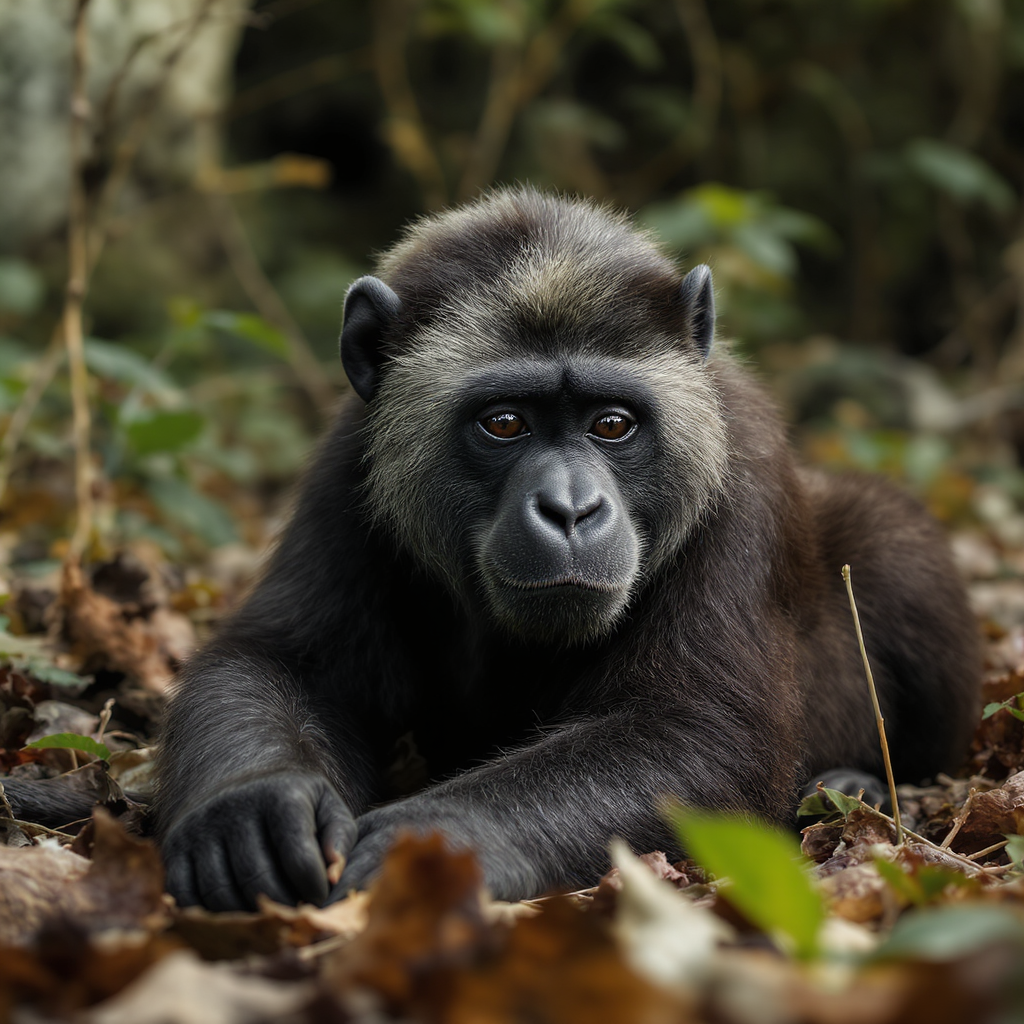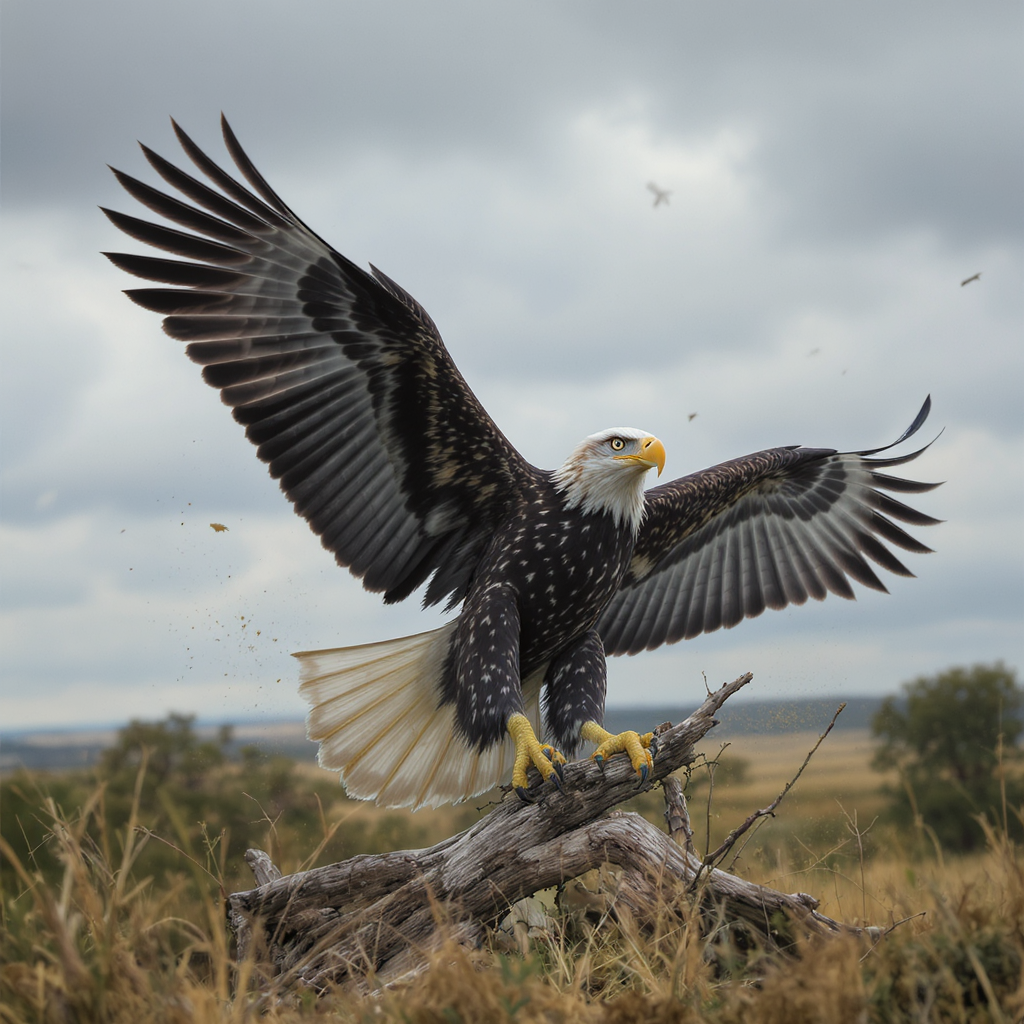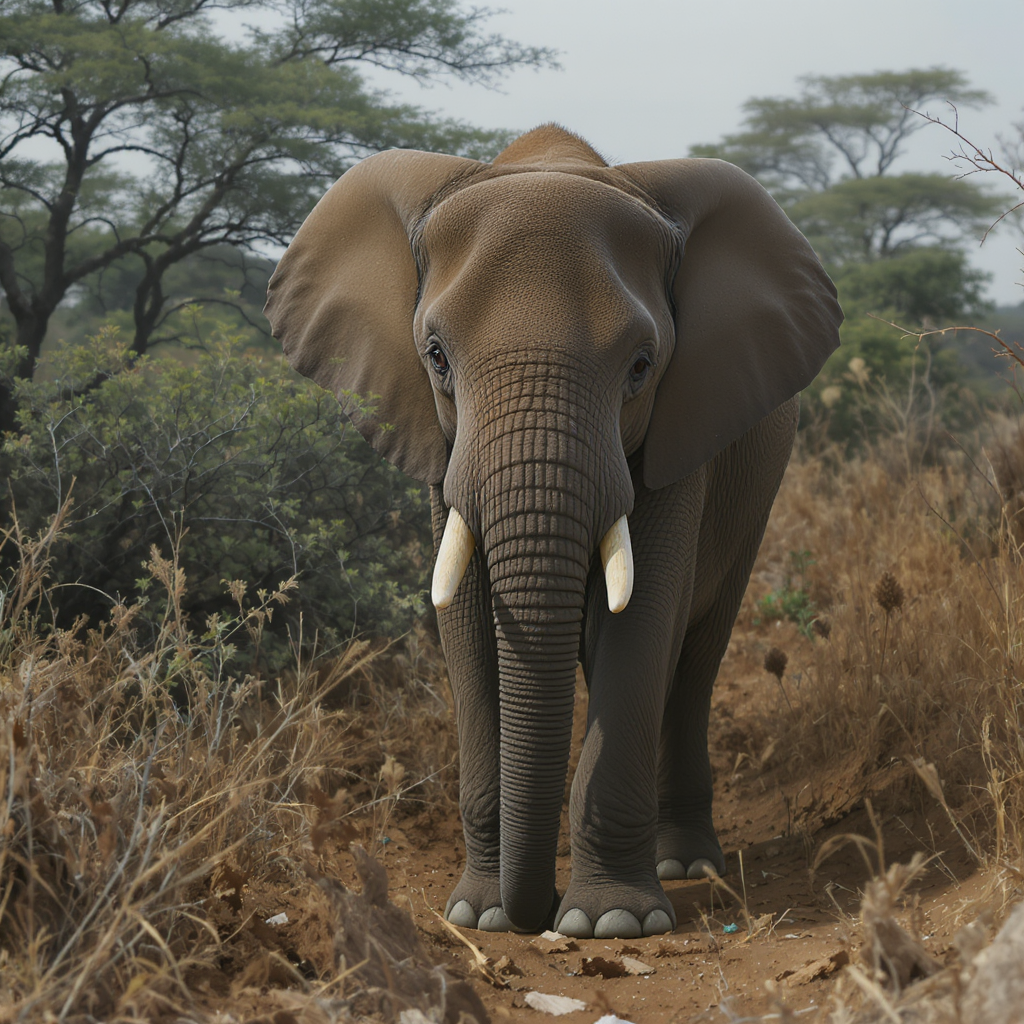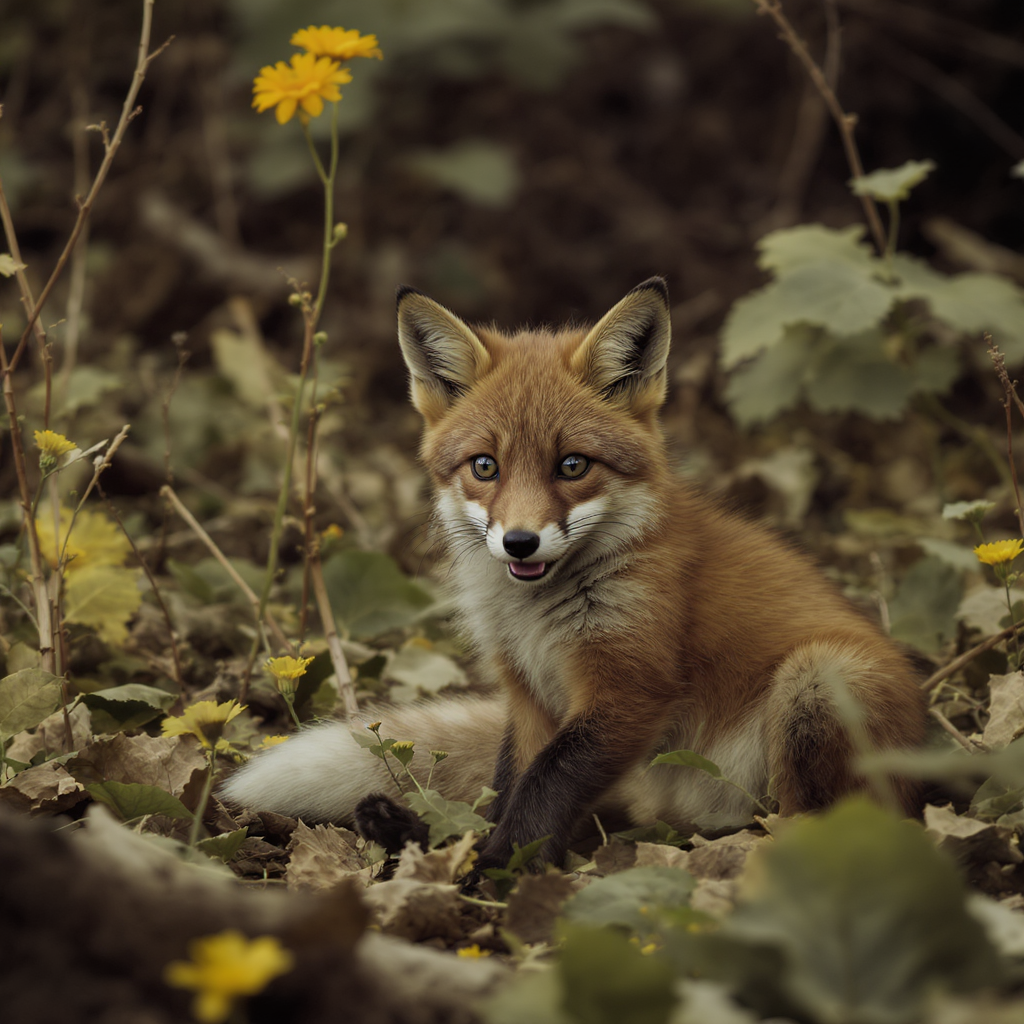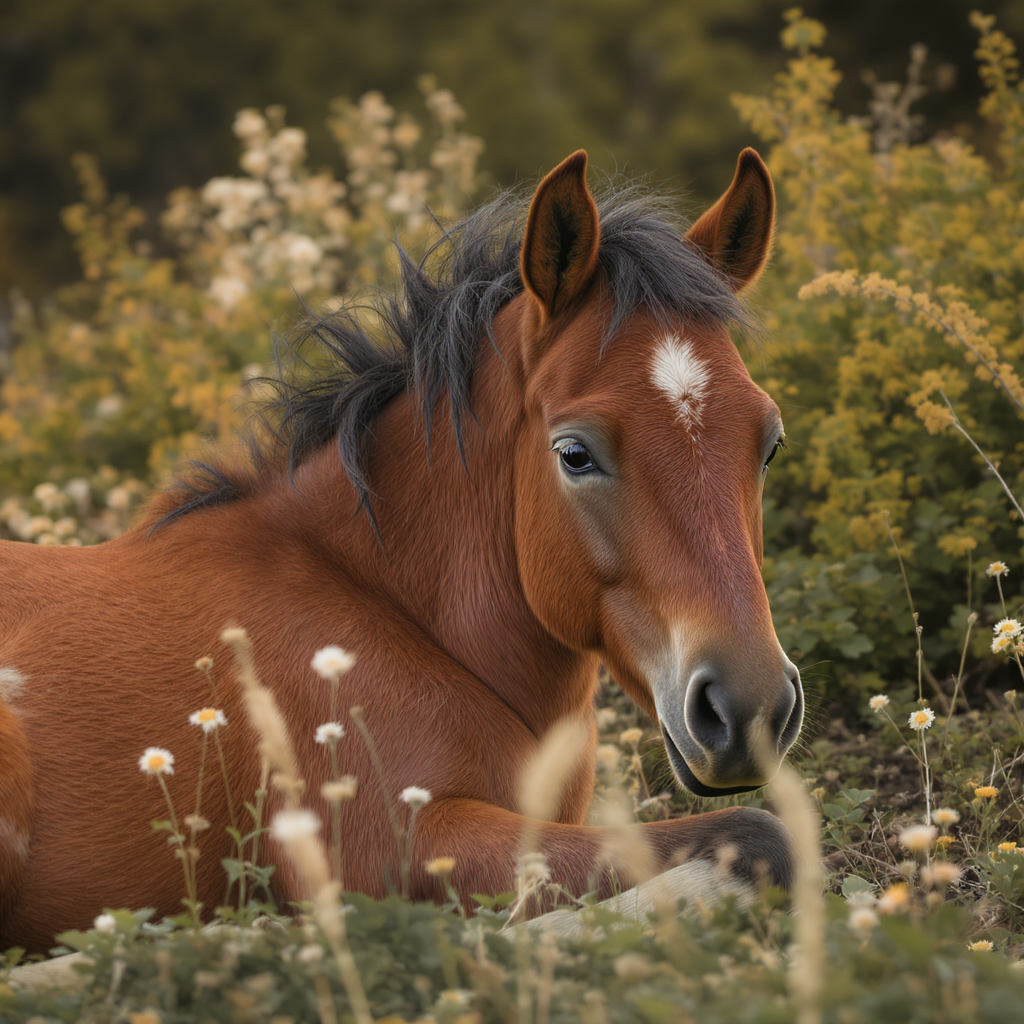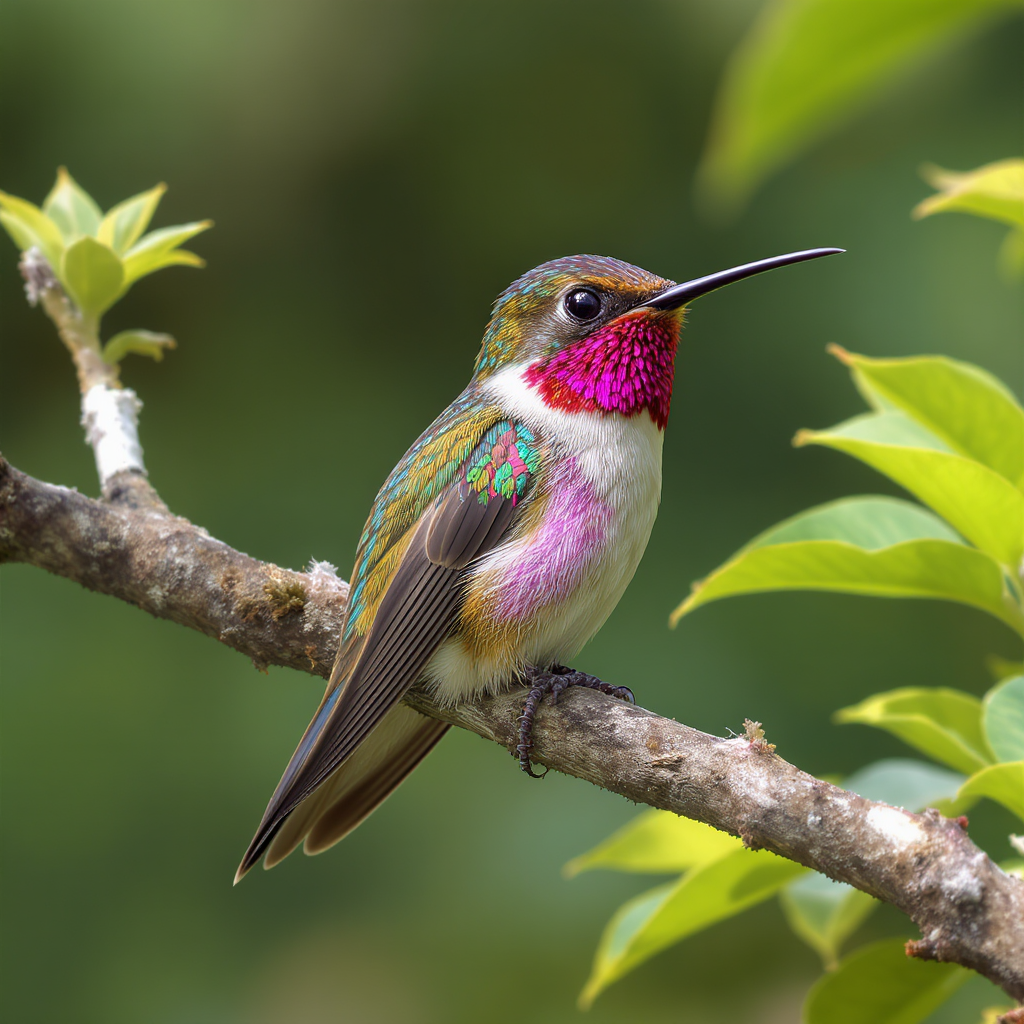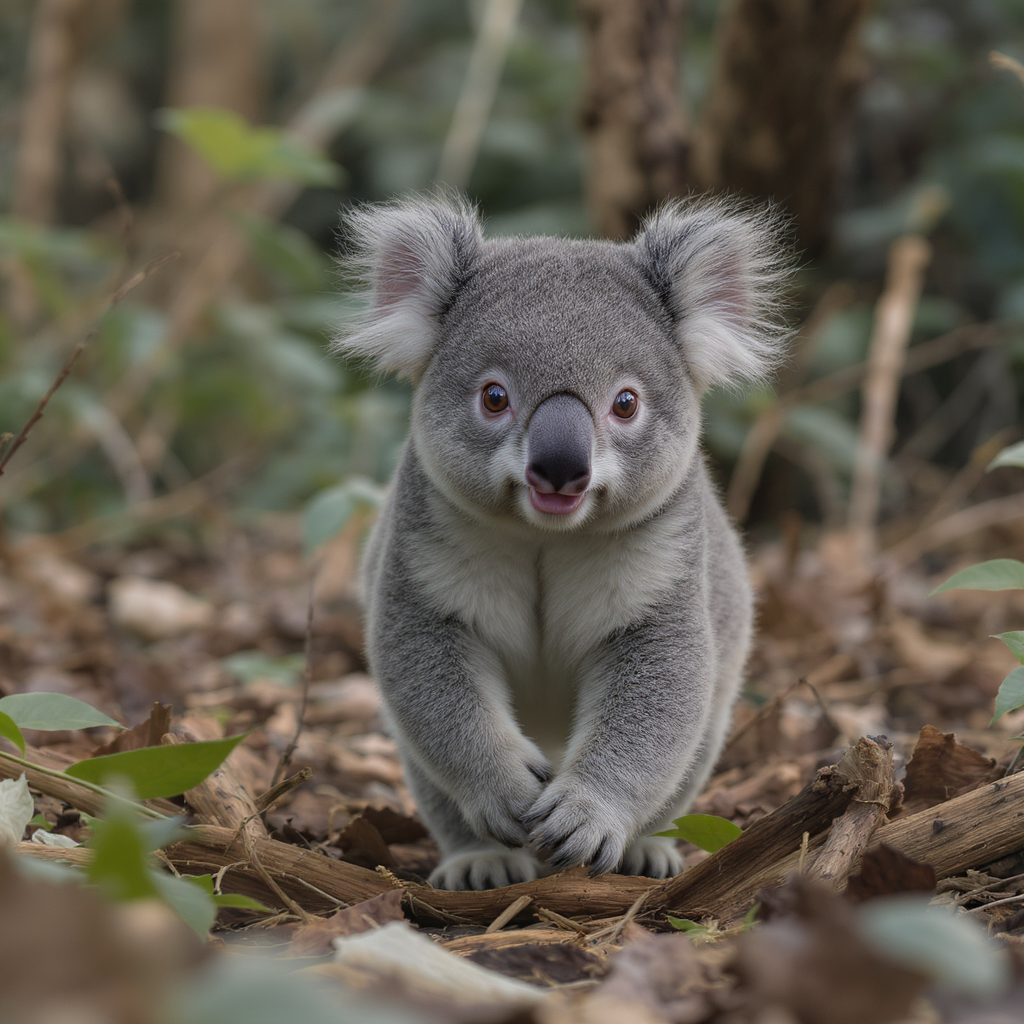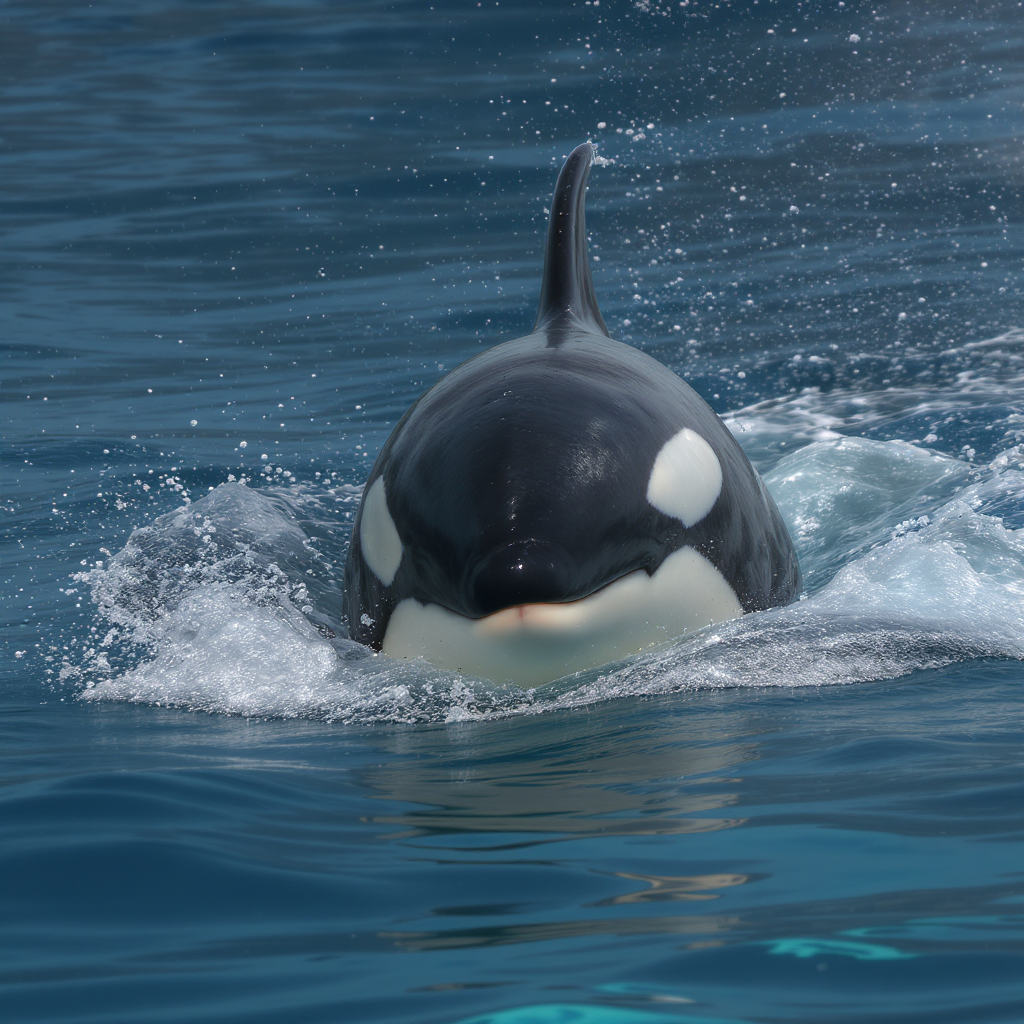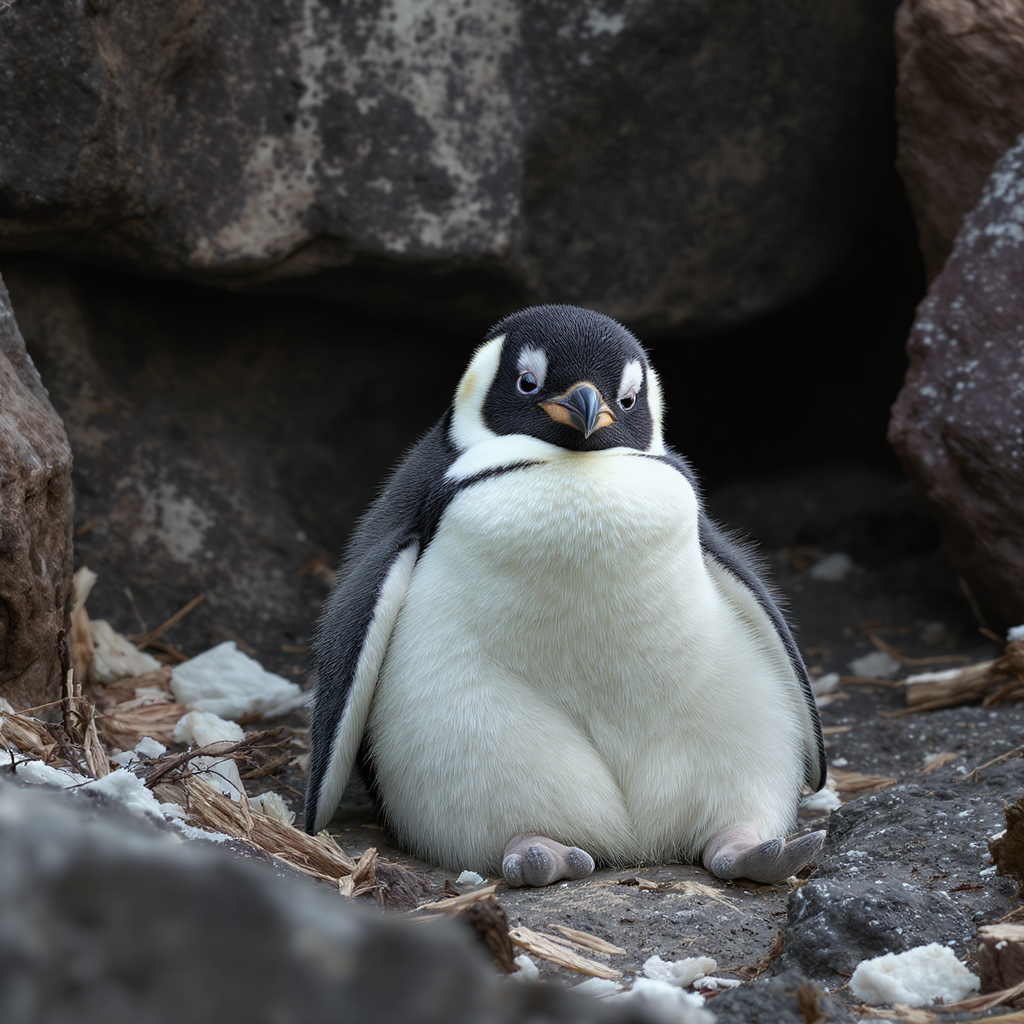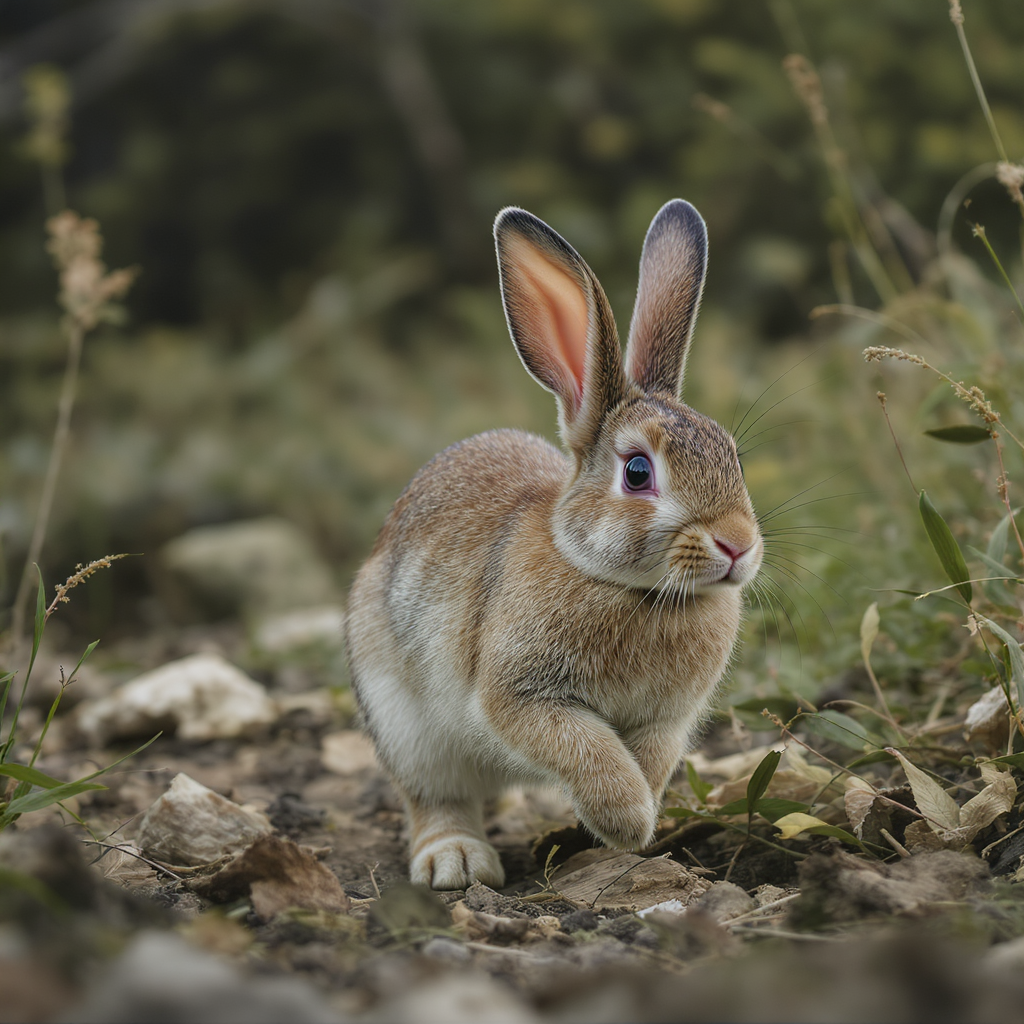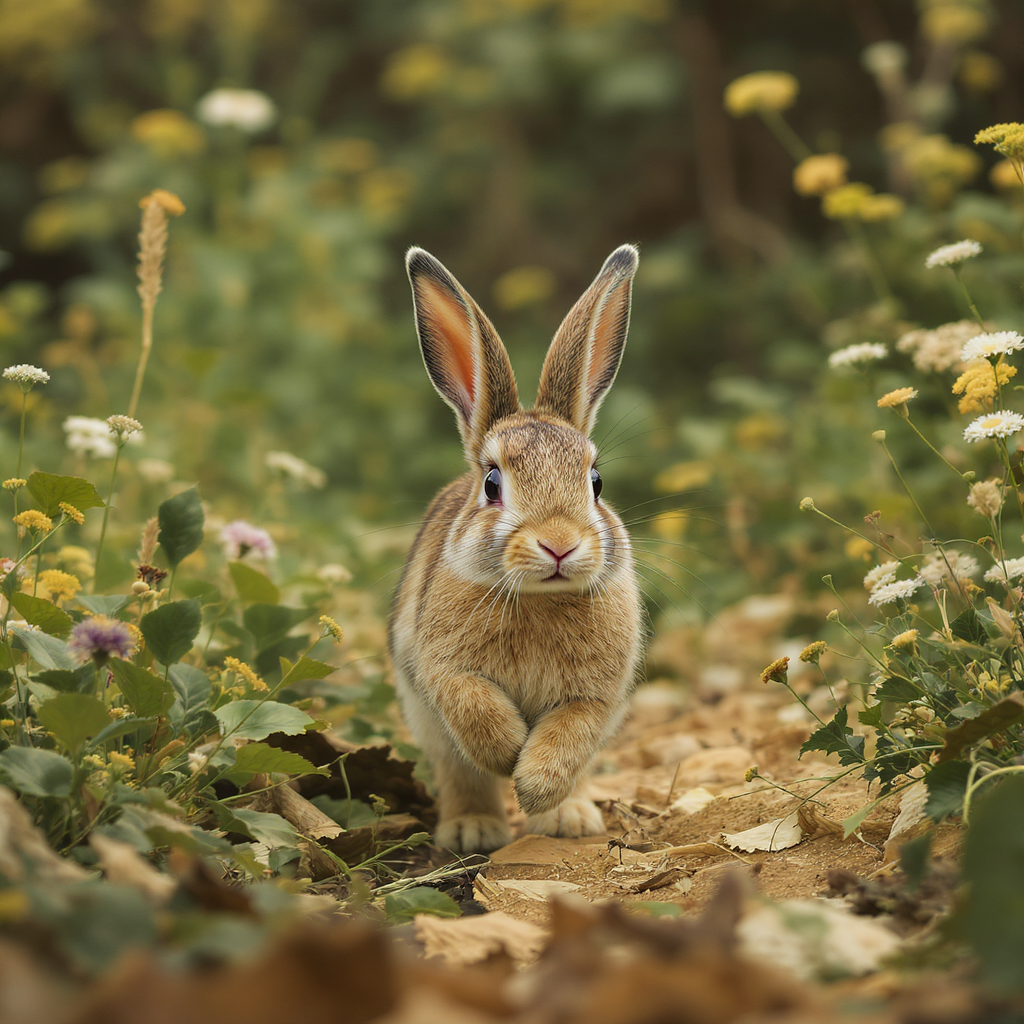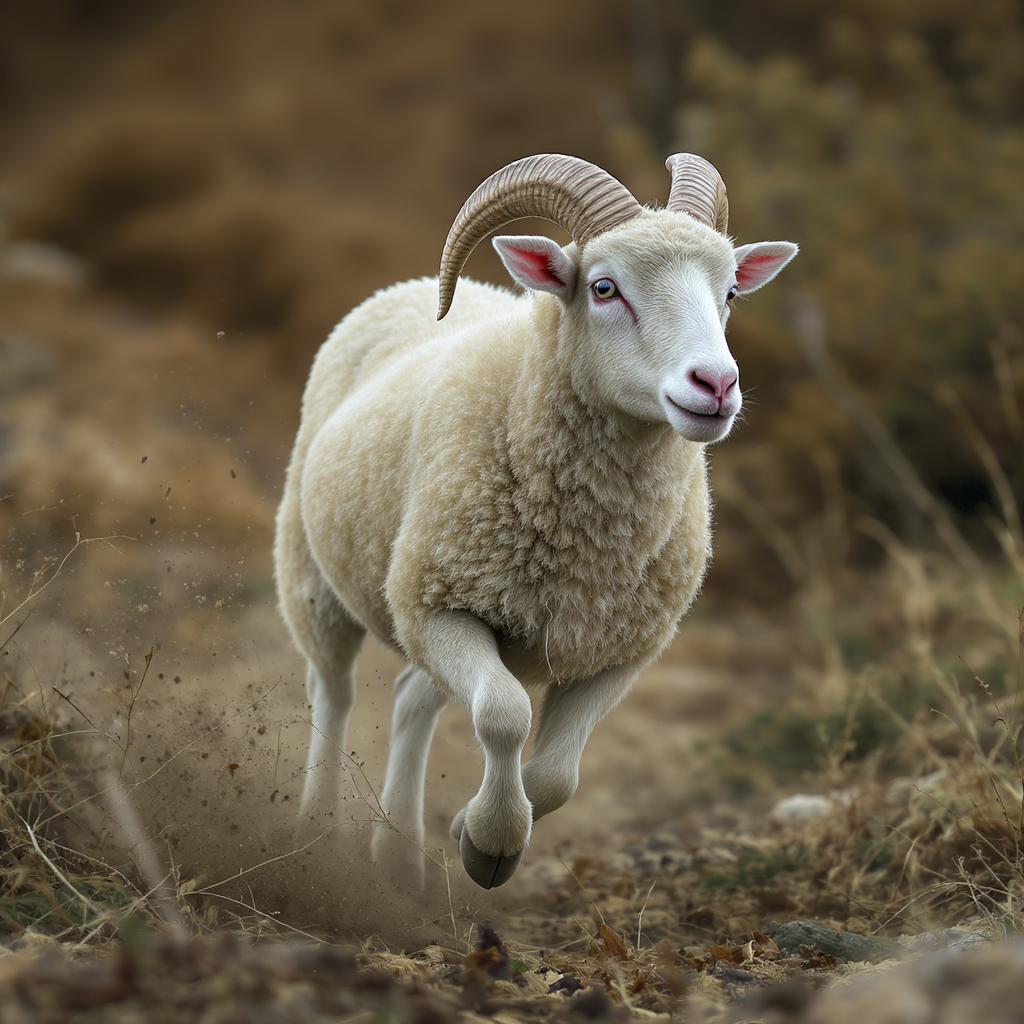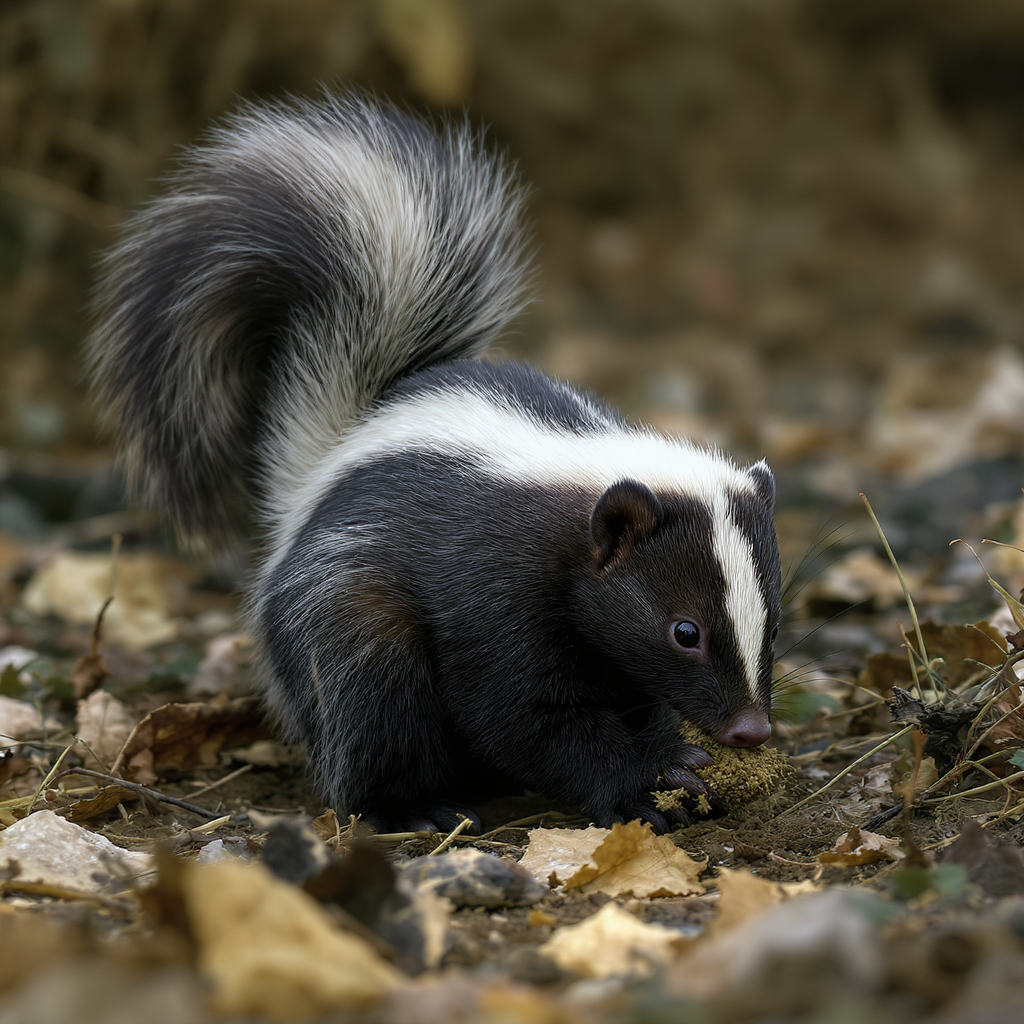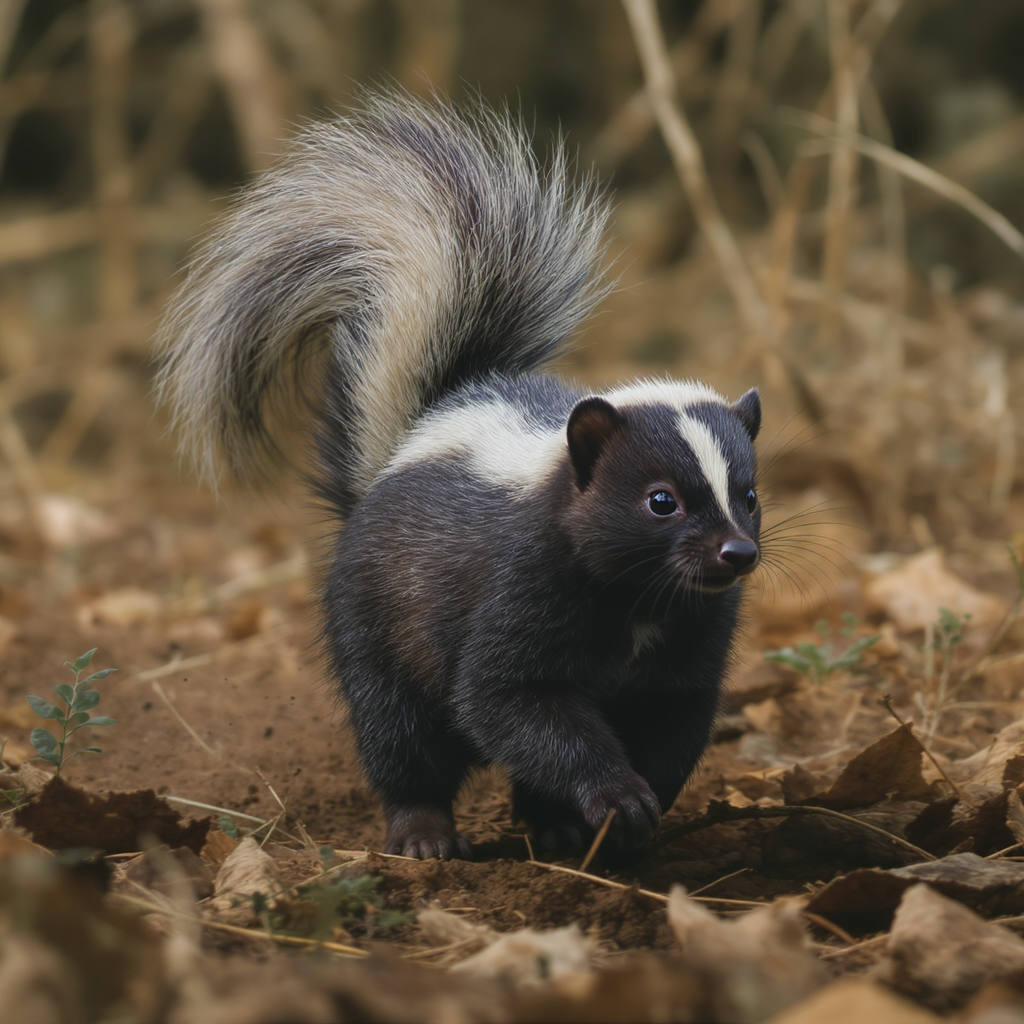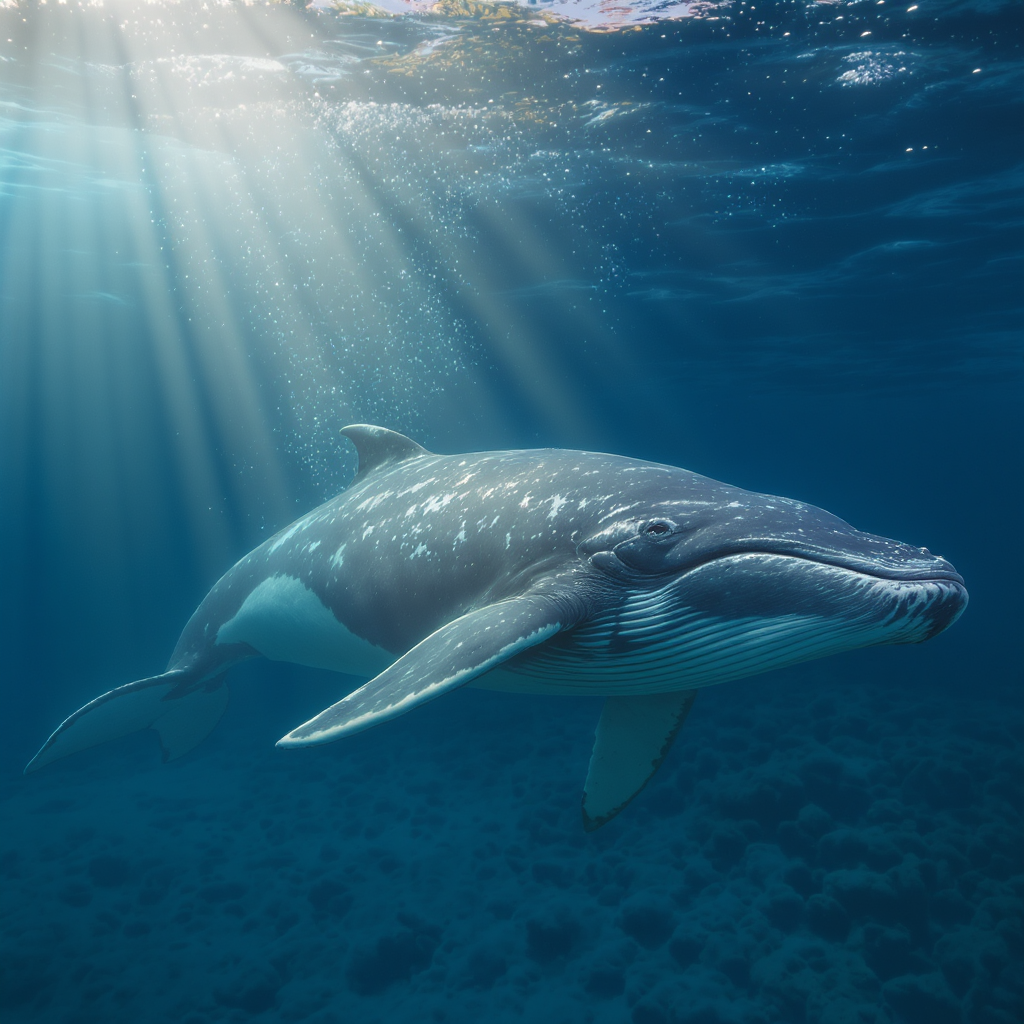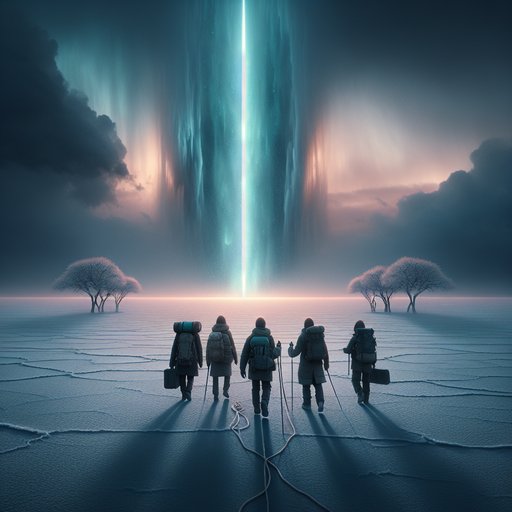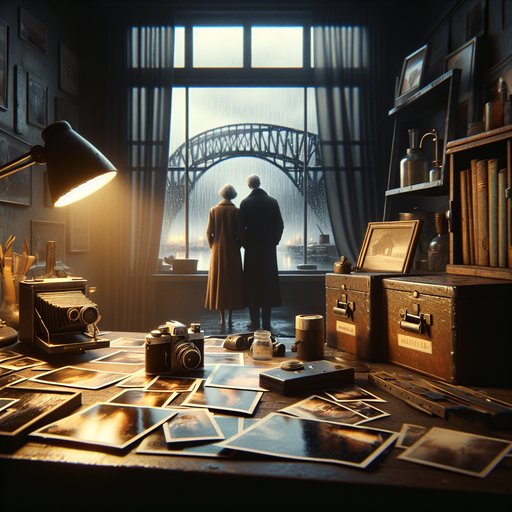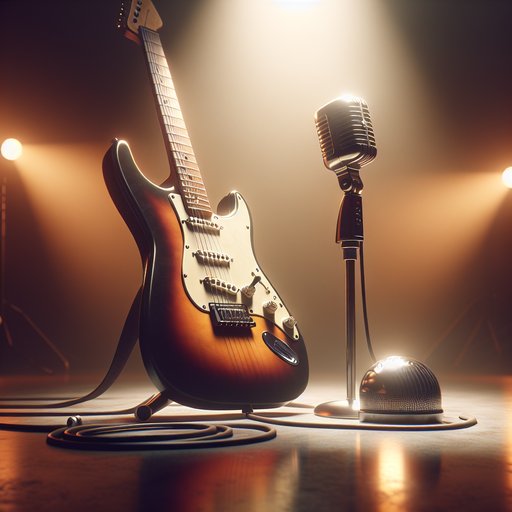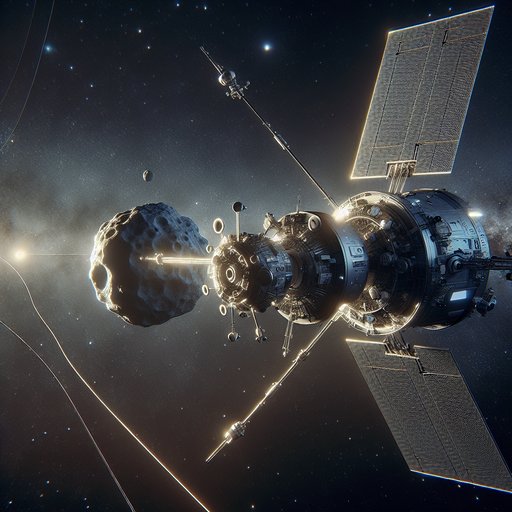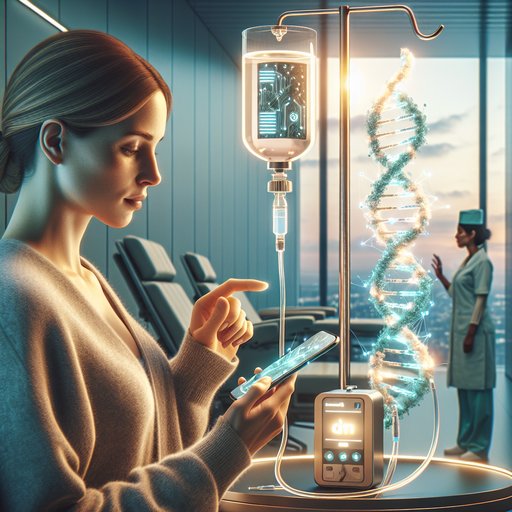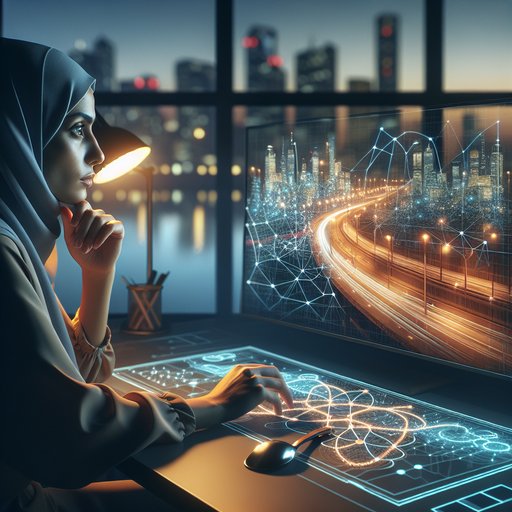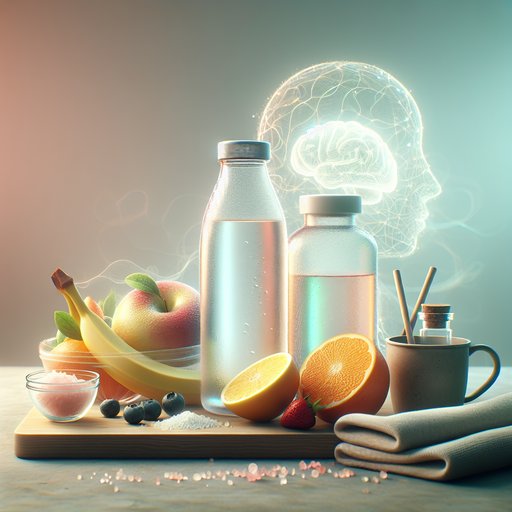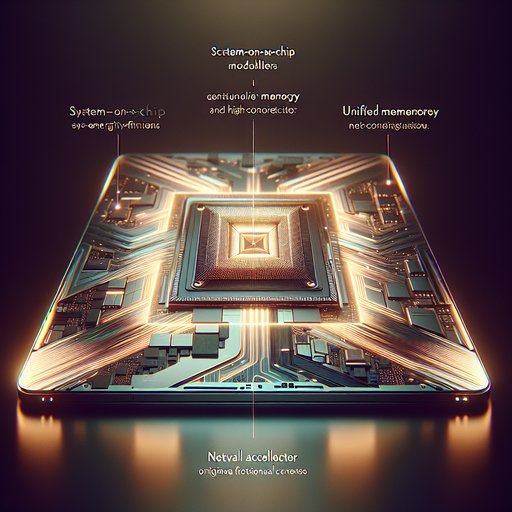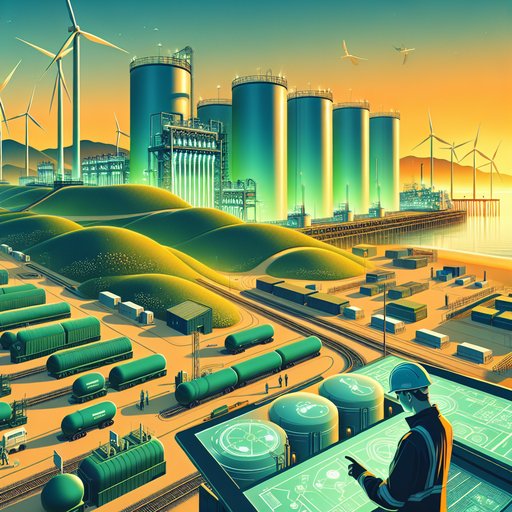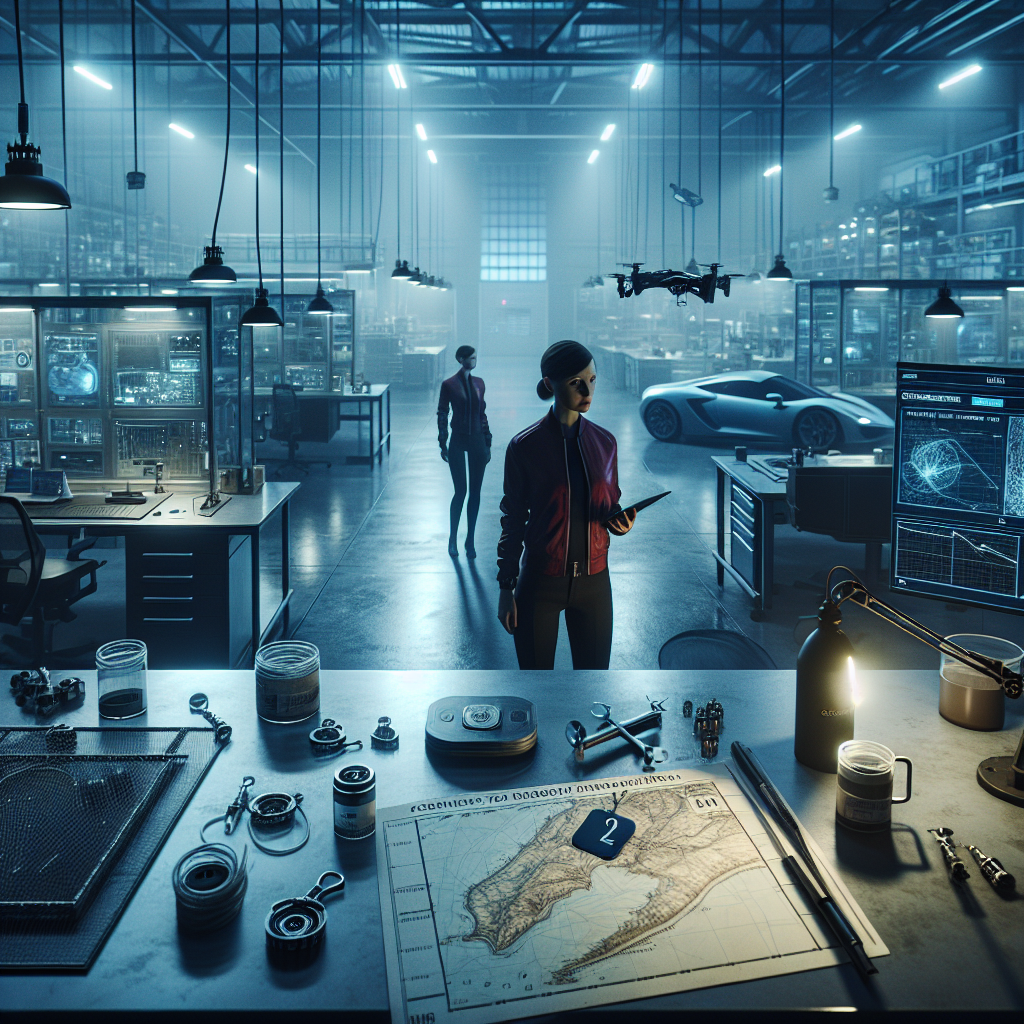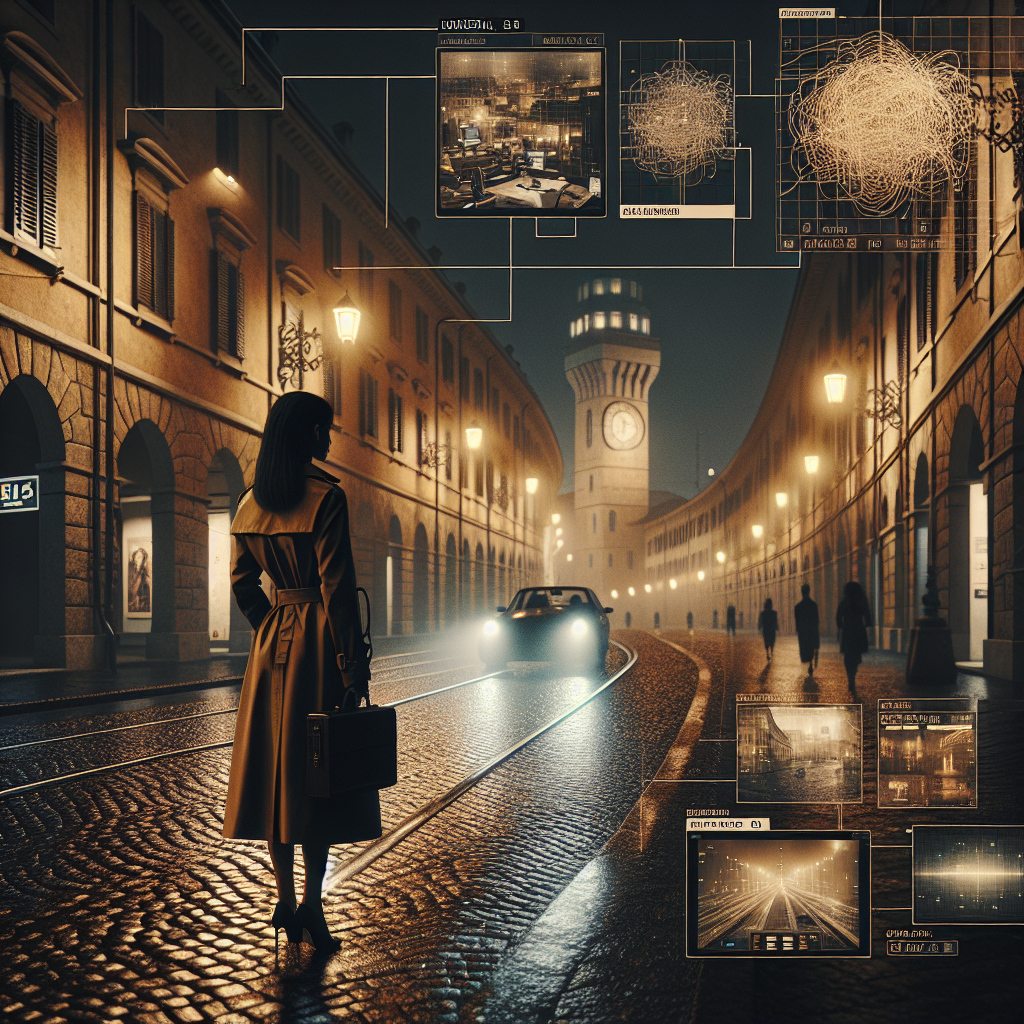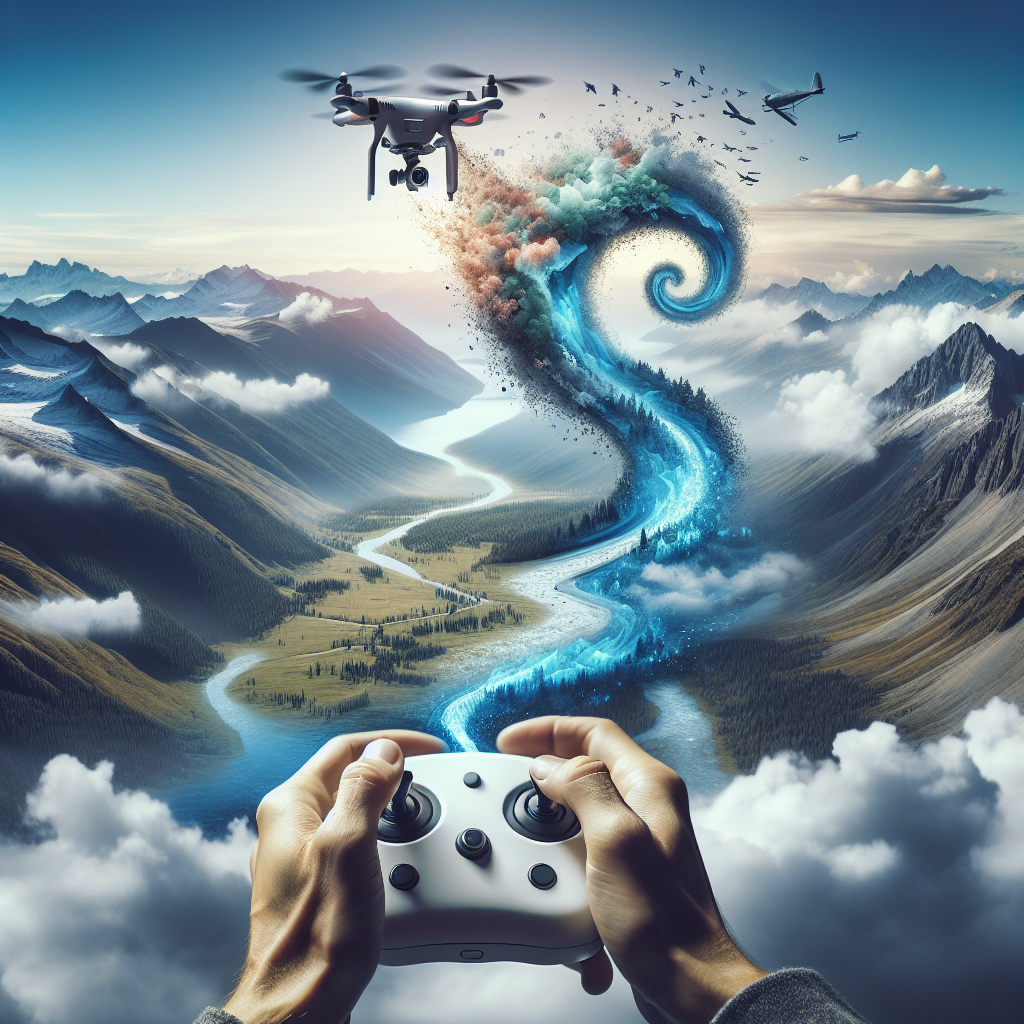
The 2025 International Aerial Photo Awards showcase the world from dizzying heights, inviting us to see the Earth through new eyes [2]. As drones and digital technology revolutionize how we capture and interpret landscapes, they challenge the boundaries of artistic engagement. Do these awe-inspiring images deepen our connection to the world, or do they risk diluting the intimacy of the artistic encounter?
In a world increasingly dominated by digital experiences, the 2025 International Aerial Photo Awards remind us that technology can both illuminate and obscure our understanding of art [1]. Aerial photography offers a perspective that was once unimaginable to early photographers, who were bound by gravity and limited by technical constraints. Yet, as these images become more ubiquitous, we're prompted to question whether they enrich our connection to the landscape or simply render it as spectacle. Historically, photography has been a tool for democratizing vision, allowing us to see beyond our immediate surroundings.
However, with the advent of drones and high-resolution digital cameras, there is a risk that we become passive consumers of stunning visuals, rather than active participants in the world they depict. Much like the immersive yet isolating experiences offered by modern virtual reality tools such as 'ShapesXR,' these photographs can sometimes prioritize aesthetic impact over meaningful engagement [2]. Critically, the tension between technology and authenticity is not new. Artists have long grappled with the balance between embracing new mediums and preserving the essence of human creativity.
Composer Taylor Sheridan’s work on 'Landman' Season 2 illustrates this tension well, as it draws on electronic and acoustic elements to evoke complex emotional landscapes, reminding us that technology should serve as a bridge, not a barrier, to genuine connection [3]. As we navigate the increasingly digital art world, we must ensure that immersive experiences facilitate deeper understanding rather than superficial consumption. This challenge is mirrored in the music industry, where artists like Debby Friday strive to impart universal truths through digital platforms, weaving technology into their craft to amplify their message rather than eclipse it [4]. The aerial photography featured in the Awards captures breathtaking views that challenge our perceptions and inspire awe.
However, without context and intention, these images risk becoming mere entertainment. To avoid this pitfall, creators must prioritize the narrative and ethos behind their work, crafting stories that resonate beyond the initial visual impact. As highlighted by discussions around mobile content creation, the tools we use should empower creators to express their unique visions, rather than simply produce high-quality replicas of existing ideas [5]. Looking ahead, the potential for technology to enhance artistic encounters is immense.
By integrating digital tools with thoughtful storytelling and ethical considerations, artists can foster authentic connections that transcend the medium. We must encourage the next generation to see technology not as an end in itself, but as a means to expand their creative horizons and deepen their engagement with the world. In this way, the flood of digital images and experiences can become a reservoir of inspiration, nourishing our collective imagination rather than overwhelming it.
Sources
- Spectacular Winning Photos From The 2025 International Aerial Photo Awards (Designyoutrust.com, 2025-07-06T13:46:33Z)
- Spatial Design Prototyping Tool ‘ShapesXR’ Adds Powerful Animation Features (Road to VR, 2025-07-08T14:59:08Z)
- Taylor Sheridan's Landman Composer Learned This One Beautiful Lesson For Season 2 (/FILM, 2025-07-05T20:00:00Z)
- Debby Friday Believes Her New Album Is a Sign From the Universe (Rolling Stone, 2025-07-09T13:00:00Z)
- Top 10 Essential Gear For Creators On The Go: Must-Have Tools For Mobile Content Creation (Yanko Design, 2025-07-06T11:40:33Z)




